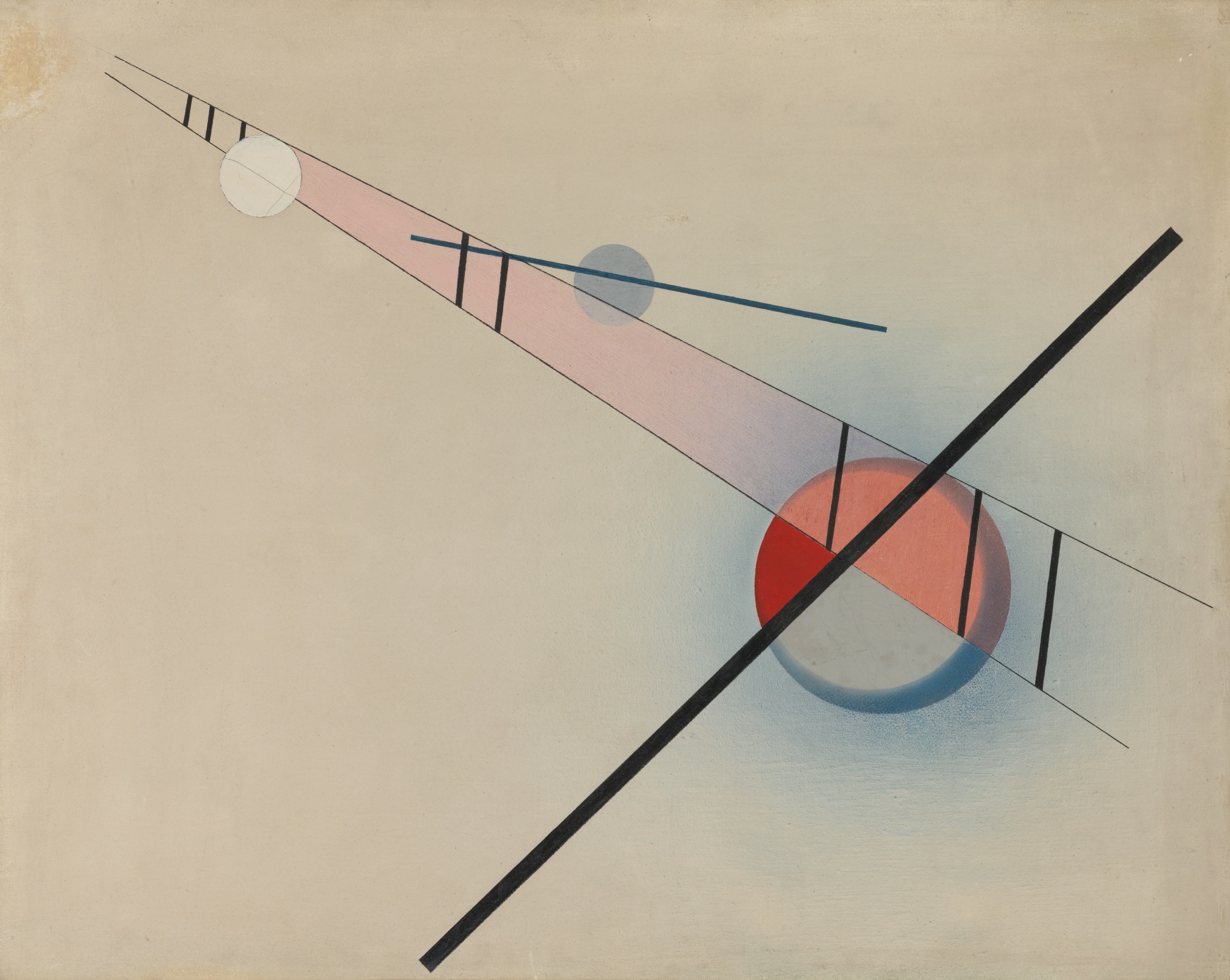Assemblage 41 (2000), 61.
Robert Somol, “In the Wake of ‘Assemblage,’” Assemblage 41, (2000), 93.
Michael Speaks, “Which Way Avant-Garde?,” Assemblage 41, (2000), 78.
Andrew Ross, “The Rise of the Global University,” in The Edu-Factory Collective, Toward a Global Autonomous University (New York: Autonomedia, 2009), 30–31.
“We need history, certainly, but we need it for reasons different from those for which the idler in the garden of knowledge needs it, even though he may look nobly down on our rough and charmless needs and requirements. We need it, that is to say, for the sake of life and action, not so as to turn comfortably away from life and action….” Friedrich Nietzsche, “On the Uses and Disadvantages of History for Life,” in Untimely Meditations, ed. Daniel Breazeale (Cambridge: Cambridge University Press, 1997), 59.
Manfredo Tafuri, Theories and History of Architecture (New York: Icon Editions, 1979 [orig. ed., 1968
Manfredo Tafuri, “The Historical ‘Project’” (1977), in The Sphere and the Labyrinth: Avant-Gardes and Architecture from Piranesi to the 1970s (Cambridge: MIT Press, 1987), 11. I discuss this paradox in my essay “Looking Back at the 1960s Looking Back,” in Rosemarie Haag Bletter and Joan Ockman with Nancy Eklund Later, eds., MAS: The Modern Architecture Symposia, 1962–1966, A Critical Edition (New Haven: Yale University Press, 2014), 38–39.
Hans Ulrich Gumbrecht, The Powers of Philology: Dynamics of Textual Scholarship (Urbana: University of Illinois Press, 2003), 86. On the relationship between historical scholarship and teaching, see also Gumbrecht’s book The Production of Presence: What Meaning Cannot Convey (Stanford: Stanford University Press, 2003), 125–32.
History/Theory is a collaboration between the Institute for the History and Theory of Architecture (gta), ETH Zurich and e-flux Architecture.
